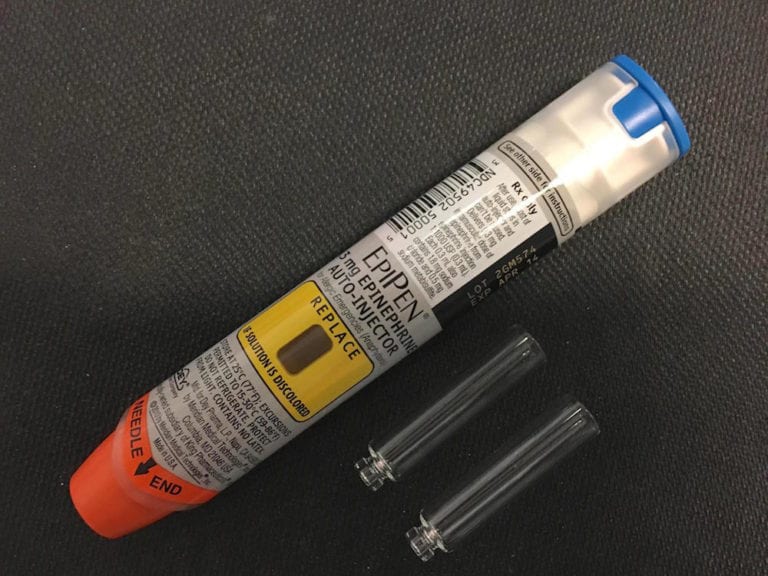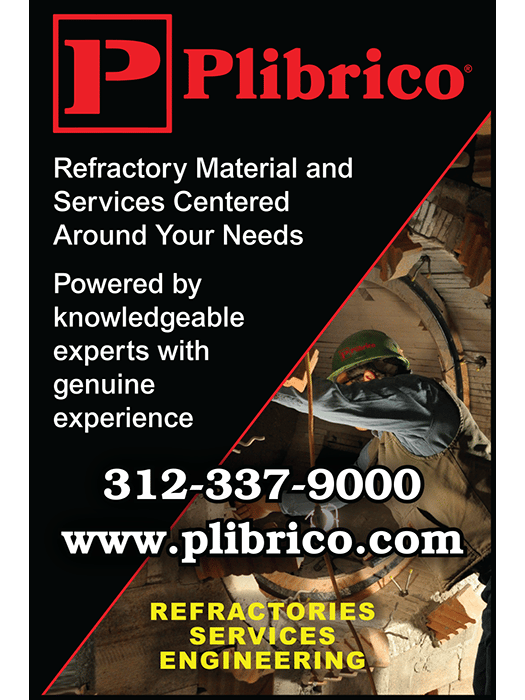Holistic health:
Traditional, complementary, preventive, and personalized medicine
bulletin | cover feature
The market for products and services aimed at improving wellness by combining traditional, complementary, preventive, and personalized medicine is another large segment of the total health and wellness industry, with revenues estimated at nearly $1.5 trillion in 2023, corresponding to a market share of 24.1%.6
Industrialization, economic development of disadvantaged regions, and a growing elderly population are causing an increase in healthcare spending to treat a variety of diseases, such as cardiovascular disorders, mental illness, diabetes, and cancer, and prevent the occurrence of new medical conditions. These factors will drive the market for wellness products and service used in traditional, complementary, preventive, and personalized medicine to expand at a very rapid 14% CAGR during the next five years.6
Ceramics and glass occupy a very important place in traditional medicine as they have become fairly popular in the manufacturing of implantable devices, as detailed in the December 2020 ACerS Bulletin. In fact, as of 2023, these materials account for approximately 20% of the $178 billion biomaterials market.22
Unlike metals, ceramics and glass can be formulated to be inert, resorbable, or bioactive, and they have better wear resistance and biocompatibility than polymers. These properties are often needed to ensure fast patient recovery and are particularly desirable to improve the quality of life of older patients.
The advent of ceramic 3D printing, which allows for the quick fabrication of complex ceramic shapes that mimic body organs and tissues, is expected to contribute to a very strong growth of the medical ceramic market.23 According to MarketsandMarkets, global sales of 3D-printed medical devices are projected to exceed $3 billion in 2023 and to expand at a very rapid CAGR of 17.1% during the next five years.24
To benefit from this growth, Lithoz (Vienna, Austria) has introduced a lithography-based ceramic manufacturing system optimized for medical applications that achieves the high precision needed to fabricate custom implants and patient-specific solutions. The system is suitable for processing ceramic materials such as alumina, zirconia, hydroxyapatite, tricalcium phosphate, and silicon nitride.
“You can now actually manufacture implants with 3D printing and generate those open, porous, interconnected networks that allow the ingrowth of the bulk of the blood vessels and the removal of metabolic products, which is important for the healing process,” Daniel Bomze, director of medical solutions at Lithoz, explains in an interview with TCT Magazine Europe.25 “There are other ways to shave these materials, but only additive manufacturing allows you to create the geometry of the pore and the connection between the pores.”
Furthermore, ceramics and glass are gaining growing relevance in complementary, preventive, and personalized medicine. These fields are evolving toward a greater utilization of wearable devices, sensors, portable instruments, and equipment for telemedicine, and ceramics and glass can be found as integral components of all these devices.
For example, point-of-care testing (i.e., diagnostic testing that can be done at home without the need for a lab) uses microfluidic devices based on glass26 or low-temperature cofired ceramics,27 while piezoelectric ceramics are used for energy harvesting in wearable medical devices.28
State-of-the-art glass display technologies are enabling the incorporation of augmented reality in telemedicine. The combination of advanced display technology and augmented reality with other capabilities provided by artificial intelligence and 5G wireless communication is expected to bring enormous benefits in the field of remote healthcare. These technologies will ameliorate home medical care, reduce healthcare costs, improve emergency services, facilitate training of practitioners, and foster preventive medicine. For instance, Vuzix (West Henrietta, N.Y.) sells smart glasses that enable doctors to share images and communicate in real-time with other medical experts around the world.
Also noteworthy is the use of ceramics and glass for products that are less technologically advanced, such as containers for vitamins, health supplements, and prescription pills. Ceramic pill cases have been around for centuries, and, even after the advent of plastic, they continue to have their appeal as they prevent product contamination, keep pills organized, protect them from moisture, and isolate them from extreme temperatures. Pill boxes are available in a multitude of colors, handcrafted designs, shapes, and sizes.
SIDEBAR
Epinephrine auto-injectors: The glassy heart inside this live-saving technology
By Eileen De Guire
For people who suffer from food or bee sting allergies, access to the drug epinephrine can be lifesaving. According to ClinCalc.com,a in 2020, 1.2 million patients received an estimated 1.7 million epinephrine prescriptions in the U.S. alone.
Because epinephrine must be administered within minutes of the onset of anaphylaxis symptoms, many patients carry epinephrine auto-injectors, which feature a borosilicate glass cartridge that contains the drug.
Saxon Glass Technologies, Inc. (Alfred, N.Y.) developed an ion-exchange glass strengthening process for the borosilicate glass cartridge. This strengthening process ensures that the auto-injectors can be filled, assembled, shipped, and carried by patients without breaking—so it will be ready to save a life.
References
a “Epinephrine: Drug usage statistics, United States, 2013–2020,” ClinCalc.com. Accessed 31 Oct. 2023.

Credit: Arun Varshneya, Saxon Glass Technologies

Credit: Arun Varshneya, Saxon Glass Technologies
Read more of the cover feature with each of the links below, or CLICK HERE to navigate to the next section in this article.
- Factors driving demand in the health and wellness industry
- Sport, fitness, and recreational activities
- Traditional, complementary, preventive, and personalized medicine
- Wellness tourism
- Nutrition and weight management
- Beauty and personal care
- Wellness real estate
- Mental and spiritual wellbeing
- Workplace wellness
